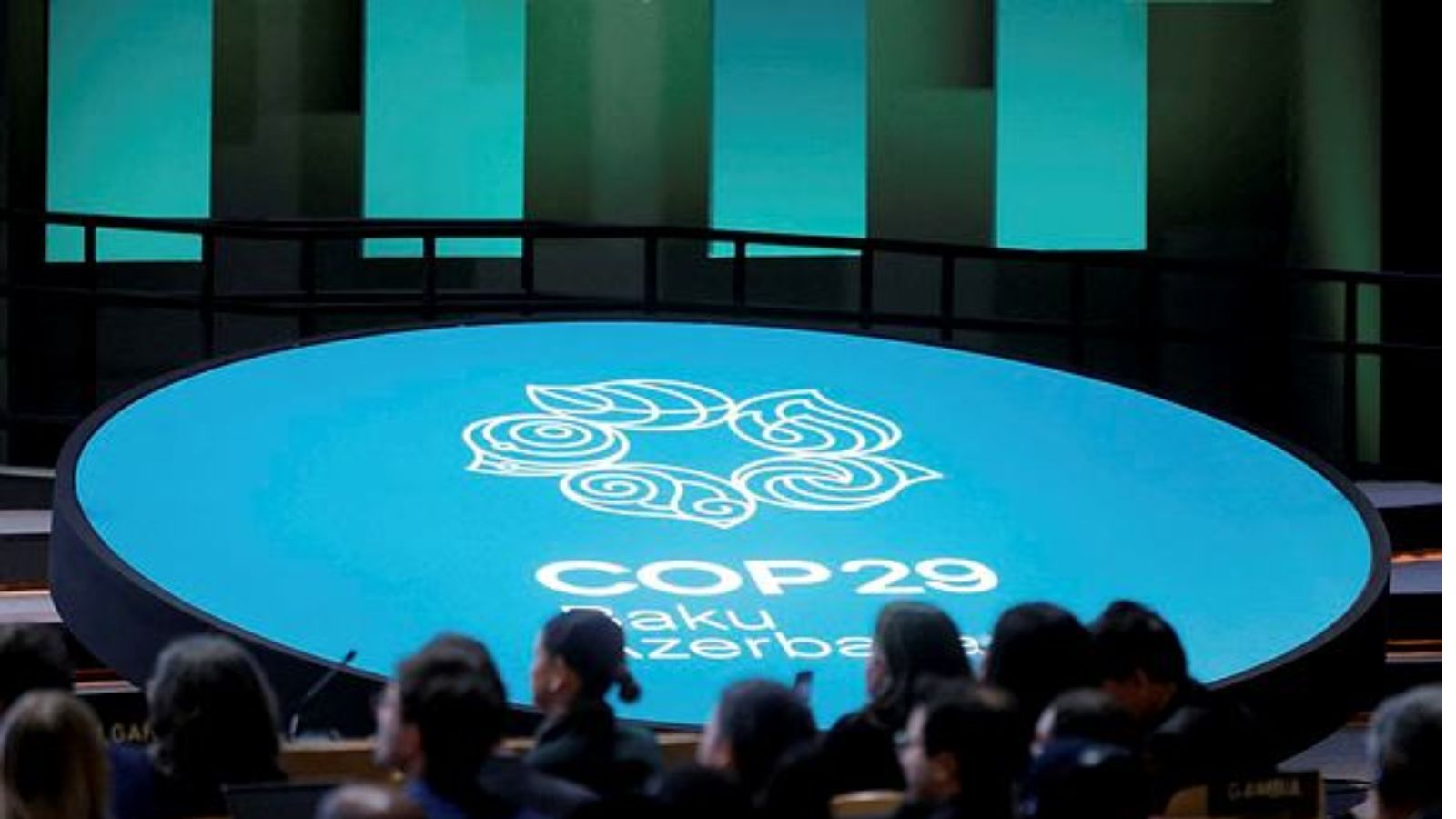

Nov 28, 2024 17:12 IST First published on: Nov 28, 2024 at 16:56 IST
Deliberations at the Conference of the Parties (CoP29) are finally over and the outcome is very discouraging. Regarding the transfer of resources to developing countries to battle climate change under the new collective quantified goal (NCQG), what has been agreed to is a mere $300 billion a year beginning in 2035. What the developing countries have been asking for is $1.3 trillion beginning in 2030. Way back in 2009, what the developed world had agreed to was $100 billion a year from 2020. This figure of $100 billion was no more than a “back of the envelope” calculation devoid of due diligence. So the figure of $300 billion is less than 25 per cent of the required sum and that too, coming five years late.
What is equally important to consider, apart from the total kitty, is the definition of climate funds. There is no clear-cut definition as to what type of expenditure would be considered a climate fund and also, should it necessarily be grants, concessional loans, or some combination of the two. If concessional loans are to be considered what would be the maximum interest rate that could be charged from the beneficiary? This is important since much of the developing world is reeling under debt and unless the interest rates are attractive enough, they may have to cut down on other developmental expenditures in order to meet debt obligations.
The absence of a definition of climate funds has other connotations as well. It enables the donor countries to engage in subterfuge and pass off regular commercial loans as something undertaken under the NCQG. This is exactly what was happening when the goal was to provide $100 billion a year prior to CoP29. All kinds of commercial loans were being shown as part of the $100 billion, mischievously inflating the figures. The fact that most of the funds were for mitigation, and not adaptation, proves the point since mitigation activities usually have an income stream that allows for debt repayment.
The figure of $300 billion is not only inclusive of adaptation and mitigation activities but is also the total sum which can be expected from the developed world, the multilateral development banks (MDBs), the private sector and surprisingly, any transfers made amongst the developing nations themselves. This diffuses the responsibility of the developed nations and puts the real onus on the MDBs and the private sector. The private sector, as we all know, is shy of contributing resources for climate change, and adaptation measures in particular. The reason is that adaptation measures have a long gestation lag, do not usually have an income stream, and are considered risky. A lot of ground will have to be covered in terms of derisking adaptation activities before we can expect some wholesome contribution from the private sector. In essence, whether we will be able to reach even the figure of $300 billion a year is a question.
Incidentally, the nationally determined contributions (NDCs) are due for revision in February 2025. The United Nations Framework Convention on Climate Change (UNFCCC) is quite hopeful that all countries will suitably enhance their targets for reduction in carbon emissions so as to meet the Paris Agreement (PA) target of 1.5 degrees centigrade. But how is that possible? If there is a negligible transfer of resources, after 2035, the developing world is unlikely to formulate more ambitious NDCs. What countries pledge under NDCs has two components, conditional and unconditional. The conditional portion includes all such activities which would be undertaken only if resources are received from the developed world. If that is not going to come, obviously the NDCs will be less effective.
In the meantime, the bomb is ticking. Experts surmise that in order to meet PA targets, the concentration of carbon dioxide should not exceed 450 ppm. We are already at around 420 ppm and in the year 2023 vis-à-vis 2022, we added 2.8 ppm. At this rate, we are going to touch 450 ppm in the near future. Therefore, it is imperative that the NDCs need to be upgraded considerably. Incidentally, the NDCs in their existing form will still see a rise in the earth’s temperature to the extent of about 2.5 degrees centigrade. This estimation assumes that all the conditional activities mentioned in the NDCs will also be implemented implying that there will be sufficient transfer of resources. If resources are not transferred, then the increase in temperature will be beyond 2.5 degrees centigrade.
most read
India, along with several other developing nations, have denounced the decision to transfer only $300 billion by 2035, citing it to be too little, too late. The Indian representative in CoP29 in a hard-hitting address has called the entire process an “optical illusion” that has been “stage-managed” as the host country concluded the deliberations without allowing the developing world to air their views. Deliberations at CoP meetings are known to be acrimonious but what has happened in CoP29 has gone a step further. The host country has bulldozed the entire proceedings by not allowing countries like India to speak before adopting the figure of $300 billion. In the process, the UNFCCC, as an institution, has lost face and credibility as it has openly sided with the developed nations. Apparently, a standing ovation was given by some at the conclusion of CoP29 showing how thankful the developed world was in limiting the resource transfer to a mere $300 billion. Meetings of the CoP are held every year but the developing nations are so disillusioned with the entire process that they may well not participate in future. It is the UNFCCC which has to take the blame for the state of affairs as it stands today.
The writer is Senior Visiting Fellow, ICRIER and former, Member (Economic & Commercial), CEA. Views are personal


